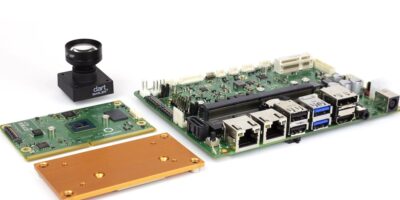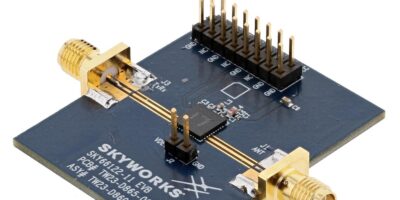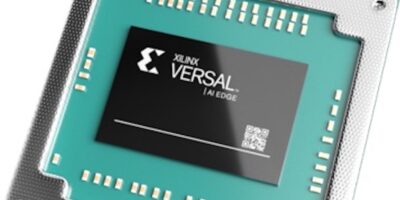Built-in self test (BIST) for advanced driver assistance systems (ADAS) is included in the MAX16137 analogue supervisor. Maxim Integrated claims it is an industry-first.
The supervisor reduces the size and complexity of ADAS in vehicles, says the company, with the single-window voltage monitor with BIST.
The window monitor IC tracks both under-voltage and over-voltage levels with one per cent accuracy. This protects the ADAS and allows designers to accelerate system-wide functional safety by providing advanced diagnostics and reset capabilities.
Voltage monitors play a key role in reporting the health of power supplies for ADAS in vehicles. These systems must include test circuits to ensure reliable operation. The MAX16137 delivers both diagnostic and BIST at the chip level to help designers achieve system-wide functional safety faster for ADAS and other autonomous driving applications, says Maxim.
The MAX16137 BIST features check the supervisor functionality without the need for external circuitry, which reduces design complexity. The MAX16137 also reduces solution size by 50 per cent compared to the closest competitive solution, Maxim claims. The supervisory IC can be designed into a variety of automotive systems such as infotainment, body electronics, power, electric vehicle power powertrain and IoT systems.
The MAX16137 is available via Maxim Integrated’s website and authorised distributors. The company also offers the MAX16137EVKIT# evaluation kit.
Maxim Integrated is an engineering company for engineers. It has a broad portfolio of high performance semiconductors, combined with tools and support; it, delivers essential analogue solutions including efficient power, precision measurement, reliable connectivity and robust protection along with intelligent processing. Designers in application areas such as automotive, communications, consumer, data centre, healthcare, industrial and IoT work with Maxim to quickly develop smaller, smarter and more secure designs.







